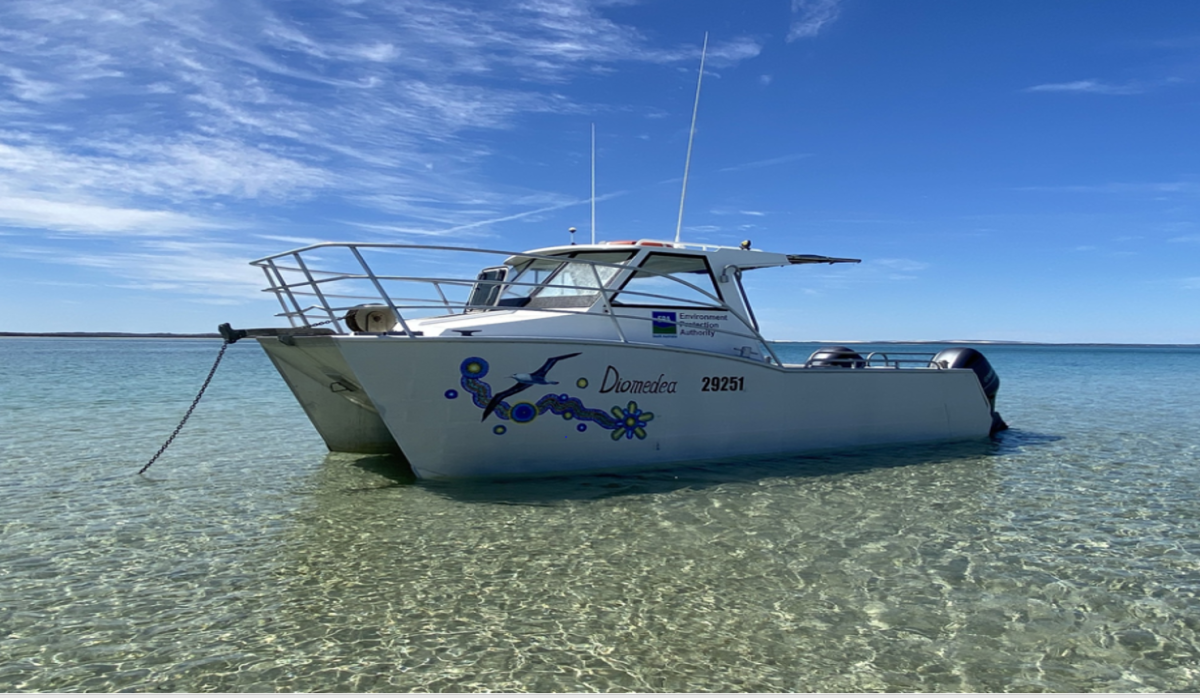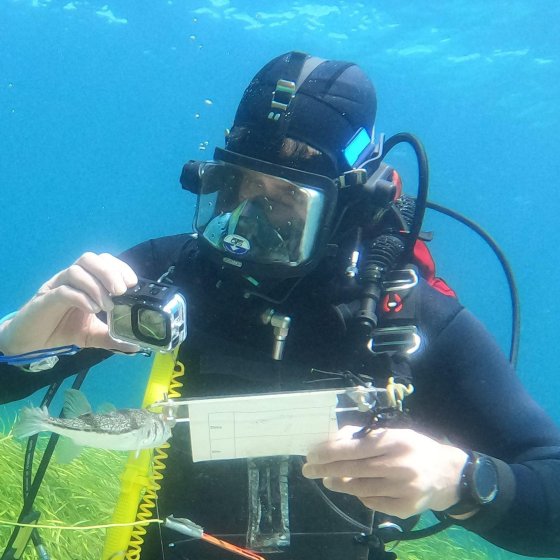- Home
- Environmental Themes
- Sea
- Monitoring and Reporting
Monitoring and Reporting

We monitor the health of our coastal environment to understand what impacts we may be having on the condition of our waters and how we can best respond to address these impacts. Better integration of Aboriginal knowledge into these processes would help with understanding and protecting the health of Sea Country.
Monitoring and reporting in South Australia is undertaken by a number of government agencies including, but not limited to the following.
EPA
- The EPA monitors South Australia’s nearshore environment to assess its environmental condition, based on a descriptive model for interpreting change in ecological condition in relation to levels of human disturbance. The Aquatic Ecosystem Condition Reports are used to produce aquatic ecosystem condition reports that describe the condition of our coastal waters and identify pressures and management responses. The reports rate aquatic ecosystems on a six-point scale, ranging from ‘very poor’ to ‘excellent’.
- Data collected from this monitoring also helps inform coastal developments including aquaculture, dredging and desalination plants. Results can also trigger additional investigations. This has been initiated for Coffin Bay after monitoring found a decline in condition over three monitoring periods to 2019.
PIRSA/SARDI
- The departmant undertakes research and monitoring in marine ecosystems, aquaculture and fisheries to help support sustainable use and development of coastal and marine resources.
- It leads fish kill investigations in South Australia that may be caused by:
- environmental factors (for example, salinity, temperature, acidity levels and dissolved oxygen levels)
- toxicants or pollutants
- a notifiable or infectious disease
- environmental issues.
- In instances where the investigation suggests the likely cause to be factors such as environmental contaminants or oil spills, or may have human health impacts, the incident controller will provide this information to the relevant state government agency (for example, the EPA or SA Health).
- The South Australian Shellfish Quality Assurance Program (SASQAP) monitors the water quality in shellfish harvesting areas of the state to ensure shellfish are safe to eat.
Integrated Marine Observing System
- This organisation undertakes monitoring of Australia’s marine environment and includes a South Australian node. This monitoring looks at long-term ocean variables to better understand our marine waters.
National Parks and Wildlife Service
- The service carries out Marine Parks monitoring, evaluation and reporting to measure the effectiveness of each management plan in achieving the objects of the Marine Parks Act 2007.
Landscape Boards
- The Boards undertake coastal management programs for example:
- Alinytjara Wilurara Landscape Board – Caring for coast and marine
- Eyre Peninsula Landscape Board – Coasts and seas
- Northern and Yorke Landscape Board – Coast and marine
- Green Adelaide – Coastal management
- Hills and Fleurieu Landscape Board – Coastal nature projects
- Limestone Coast Landscape Board – Coast.
DEW
- The Coast Protection Board carries out coastal monitoring and research.
Citizen Science
Universities
- University of Adelaide – Marine Biology in the School of Biological Sciences
- Flinders University – Marine and Coastal Research Consortium
- University of South Australia – Environmental Science and Marine Research for Innovative Solutions (MARIS Lab).
FRDC
- The Fisheries Research and Development Corporation invests in research, development and extension activities to increase economic, social and environmental benefits for Australian fishing and aquaculture and the wider community.
Industry
- Some EPA licensees are required to monitor the marine environment to identify if their activities are having an impact, including:
- Wastewater treatment plants such as Bolivar, Glenelg and Christies Beach.
- GFG Alliance in Whyalla.
- SA Water is required to monitor the quality of discharge waters and potential impacts to the environment via their EPA licences for wastewater treatment and desalination plants (eg Adelaide desalination plant), and dredging, eg Outer Harbor.
- Aquaculture – Zoning in: South Australian aquaculture report 2023 and the Aquaculture Environmental Monitoring Program 2015–2019.
Enviro Data SA
- This database provides data and information on various aspects of our marine and coastal systems from various government agencies.
CSIRO Ocean and Coastal Research
- CSIRO supports and undertakes monitoring and research at a national level. For example, Aquawatch is being developed by the CSIRO to provide a ‘weather service' for water quality by using data from water sensors and satellites with computer models and artificial intelligence, to provide real-time water quality forecasts. This system was recently trialed in Spencer Gulf.
